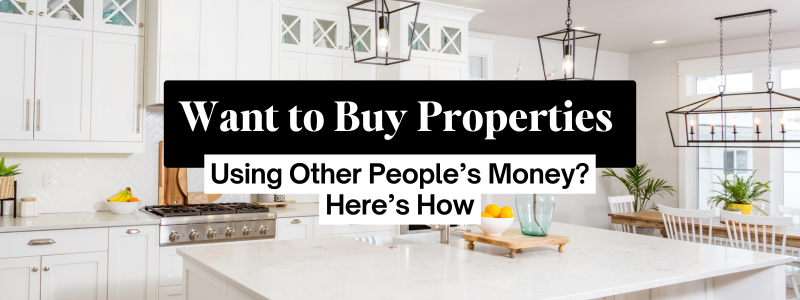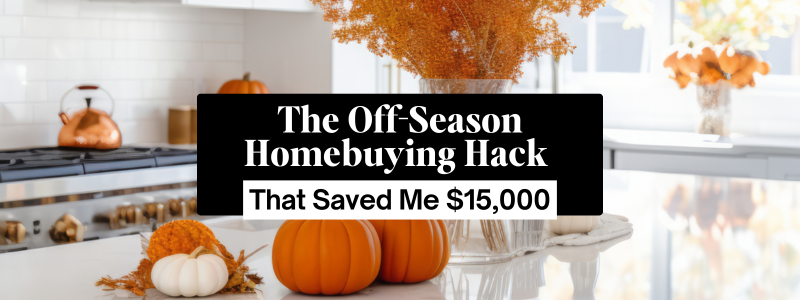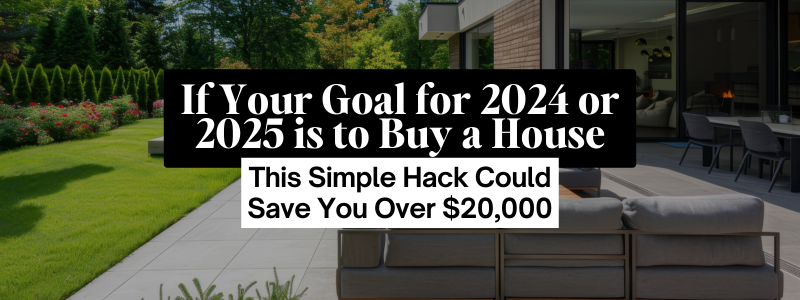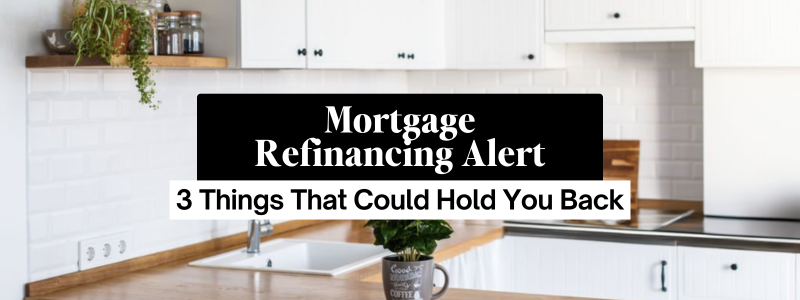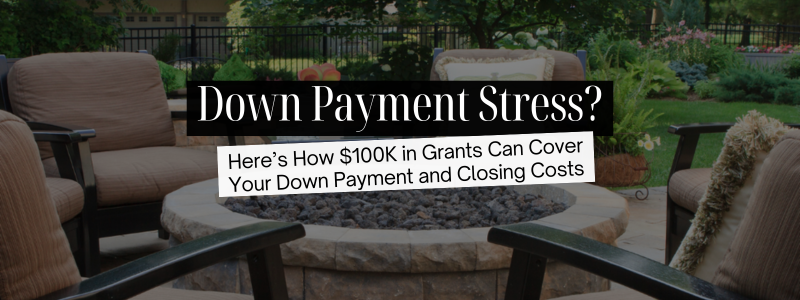
Thinking about Selling in the Off-Season? Here’s what you need to know
If you’re thinking about selling your home, you might be waiting for the spring market. After all, isn’t that when the magic happens? The sun is out, flowers are blooming, and it seems like everyone is out looking for their next home. But what if I told you that waiting for spring could actually mean missing out on some major perks? 💸
That’s right—listing your home in the off-season (anytime between fall and early February) could be a smart move that works in your favor. Here’s why selling outside of the busy season might just give you the upper hand.
Less Competition, More Visibility
One of the biggest advantages of selling in the off-season is less competition. In spring, it can feel like every other house on the block is up for sale, and that makes it harder for your home to stand out. But during the fall and winter months, fewer homes are on the market. This means your property gets more attention from buyers. In [YOUR TOWN], this advantage can be even more noticeable.
Fewer homes available mean buyers have limited choices. If your home is well-presented and priced right, it can capture interest much more easily compared to the crowded spring market. With less competition, your home will likely shine brighter, giving it a better chance to make a lasting impression on serious buyers.
More Serious Buyers
Speaking of serious buyers, that’s another major plus of selling in the off-season. During spring and summer, there are plenty of people browsing the market, but many of them might just be window-shopping or testing the waters. When the temperature drops and the holidays roll around, the casual browsers tend to fade away.
Buyers who are searching during the off-season are typically more motivated. Maybe they’ve experienced a life change—like a job relocation—or need to move for personal reasons. Either way, these buyers often have a sense of urgency. They know what they want, and they’re more willing to make decisions quickly.
For sellers, this can make the process much smoother. Fewer delays, less back-and-forth, and the potential for a faster closing timeline.
Potential for Higher Offers
Because there are fewer homes for buyers to choose from, the scarcity can actually work in your favor when it comes to pricing. With limited options available, buyers may be more willing to offer closer to your asking price, or even higher.
In a competitive spring market, buyers often have the luxury of comparison shopping. They might make lower offers or ask for more concessions, knowing that there are plenty of other homes they can fall back on. But in the off-season, buyers may feel a sense of urgency and realize they don’t have the same flexibility.
This can lead to stronger offers and potentially better terms for you as the seller. A win-win!
Get Ahead of Market Timing
Another reason to consider selling in the off-season is market timing. Typically, the real estate market experiences a surge in prices during the spring months. But if you wait to list your home until then, you’ll be competing with a flood of other sellers all trying to take advantage of the same trend.
By listing your home before the spring rush, you can get ahead of the curve. If prices are on the rise, you might be able to sell your home at a price close to what you’d get in the spring without facing the same level of competition.
Plus, with the possibility of fluctuating mortgage interest rates, buyers might be eager to lock in a deal now rather than waiting for the unpredictable months ahead.
Flexible Move-In Dates
Selling in the off-season can also give you and the buyer more flexibility when it comes to move-in dates. Since fewer buyers are on tight school schedules or trying to time their moves for the summer, you may have more leeway in negotiating a closing date that works best for you. This can take some of the stress out of moving, allowing you to plan your next steps with ease.
Final Thoughts
Selling your home in the off-season may not seem like the obvious choice at first glance, but there are plenty of perks that make it worth considering. Less competition, more serious buyers, the potential for higher offers, and getting ahead of the market timing are just a few of the reasons why selling in fall or winter could work in your favor.
If you’re thinking about making a move, don’t wait for the flowers to bloom. Take advantage of the quieter season and set yourself up for a successful sale.

